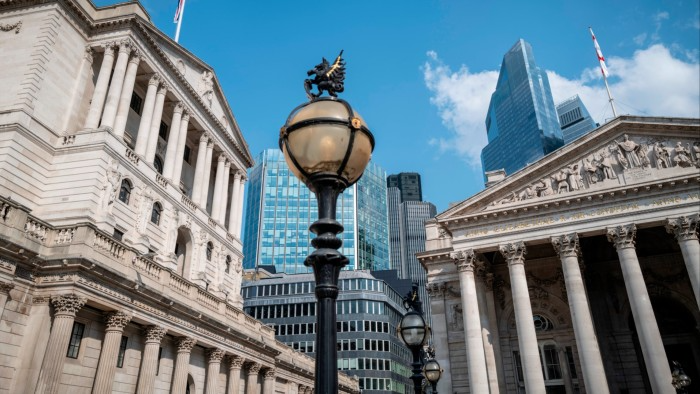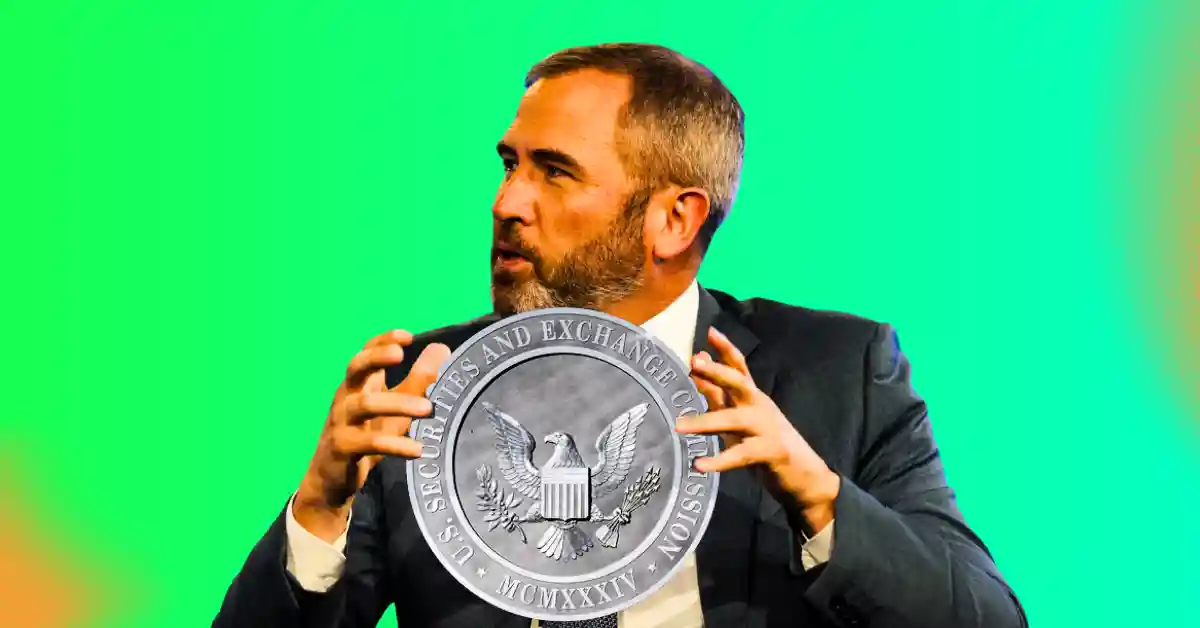The Bank of England (BoE) is commonly expected to lower rates of interest today, offering a much-needed reprieve for borrowers. Nonetheless, expectations for a more cut before completion of the year have decreased following the fall spending plan.
On Thursday, the BoE’s Monetary Policy Committee (MPC) will certainly reveal its most current decision, with economic experts surveyed by Reuters forecasting a quarter-point reduction in the benchmark price, bringing it down to 4.75%. This follows the Bank’s initial rate cut in over four years, made in August.
Bank of England keeps interest rate at 5%

Nonetheless, markets are currently much less positive about the probability of another price reduction prior to Xmas.
A market survey showed a nearly 90% probability of a rate cut in November, but the probability of a second cut in December has actually dropped dramatically. According to Refinitiv data, assumptions for a December reduction currently stand at 65.2%, low from previous week’s 85%.
The Office for National Statistics (ONS) reported that rising cost of living was up to 1.7% in the year to September, down from 2.2% in August. This noted the very first time considering that April 2021 that rising cost of living had actually dipped below the BoE’s target, and it can be found in below market expectations of 1.9%.

Ed Monk, associate director at Fidelity International, said the drop in rising cost of living makes a November price reduced more probable, yet added that the genuine inquiry now is whether customers can anticipate an additional decrease prior to the year’s end.
” Ahead of the inflation numbers, the bond market was pricing in 3 to four quarter-point cuts prior to completion of next year,” he stated. “However that timetable may increase if inflation continues to undershoot the Bank of England’s forecast, which is for inflation to tick greater again this year before falling back to target following year.”
Another key aspect influencing the BoE’s decision-making is the UK government’s financial policy. The autumn spending plan, which raises federal government investing by 1.2% of GDP for the coming year, has actually elevated worries that this extra fiscal stimulus may push rising cost of living higher and limit the scope for further financial easing.
” The favorable information circulation over the past month that placed successive rate cuts on the table for the MPC in November and December has actually been gotten rid of by the spending plan,” said Robert Wood, chief economist at Pantheon Macroeconomics. Wood mentioned that while inflation has actually dropped drastically– from over 11% in late 2022 to below 2% in September government costs could reignite inflationary pressures, prompting the BoE to reduce its price cuts.
The Office for Budget Responsibility (OBR) the UK’s financial guard dog, echoed these problems. It recommended that the range of the monetary reducing could lead to a slower rate of price cuts in the future, with inflation anticipated to average 2.5% this year and 2.6% in 2025. The OBR kept in mind that these estimates presume the Bank of England reacts suitably to the government’s budgetary strategies.
Sanjay Raja, chief UK economist at Deutsche Bank, suggested that the MPC will likely take the spending plan right into account when making its November projections. “Any type of response to the fall budget plan will certainly be very carefully pored over as part of the November projection round,” Raja said. “Indeed, the MPC will certainly have had the opportunity to completely absorb the contents of the budget, integrating it totally right into its estimates.”
Financial experts are no more certain that the BoE will be quick to reduce rates further. Thomas Pugh, financial expert at RSM, shared caution, specifying that Threadneedle Street may be reluctant to indicate a rapid pace of price cuts. “After all, there is a significant split on the board in between doves and hawks, and the budget plan has transformed the outlook for rising cost of living next year,” he said.
Paul Dales, chief economic expert at Resources Economics, included that while a 25 basis point cut in November appears “nailed on,” he questioned whether the BoE would follow up with an additional cut in December. “At the moment, however, we assume the Bank will certainly keep prices on hold at the conference,” Dales claimed, though he still anticipates rates to at some point be up to 3%, which is lower than the 3.5% -3.75% array currently priced into the marketplace.
” A cut at the last conference of the year looks relatively 50:50, and a whole lot will certainly depend upon both rising cost of living reports we get in between now and Christmas,” analysts at ING claimed. “Either way, we still see rates falling listed below 3.5% by following summertime, which is well listed below what markets are currently pricing.”
The analysts included that the vote on the price decision will possibly be either 6-3 or 7-2 in favour of cutting rates. “There’s a tail danger that Swati Dhingra, the arch-dove on the committee, elect a 50bp cut at this conference,” they said.
Hereafter week’s conference, the Bank’s last financial plan choice before the end of the year is on 19 December, with the first of 2025 occurring on 6 February.
US Federal Reserve most likely to cut rates once more
On Thursday, the Fed’s policymakers, led by chair Jerome Powell, are anticipated to introduce a quarter-point price cut, bringing the benchmark rate to concerning 4.6%. This relocation follows September’s choice to reduced rates by half a portion factor. Economists are forecasting one more quarter-point cut in December and are hypothesizing that additional reductions can follow next year, relying on just how the financial landscape develops.
However, the roadway ahead for further rate cuts is becoming less clear. Recent information showing an uptick in underlying rate stress, together with a potentially volatile analysis on the United States work market due on Friday, has questioned concerning the Fed’s path onward. The added uncertainty surrounding the outcome of the November 5 US presidential political election is likewise making complex the picture, leaving policymakers with even more to take into consideration as they weigh future decisions on interest rates.
Historically, rate cuts have been made use of to reduced borrowing costs for customers and businesses, boosting economic activity.
For more US Finance News at Bro in Finance US Finance News
For more US AI Stock Analysis at Bro in Finance US AI Stock Analysis
For AI driven forex predictions at Bro in Finance
For Crypto News at Bro in Finance
For Economic Calendar for at Bro in Finance
Crypto, Simplified. Buy Now with Bro In Finance.
To Trade up to million dollars with Best Prop firms in the industry
If you are looking for a Best forex broker that Bro in Finance recommend AvaTrade
Check out Our Free ” How to” guides at Bro in Finance








